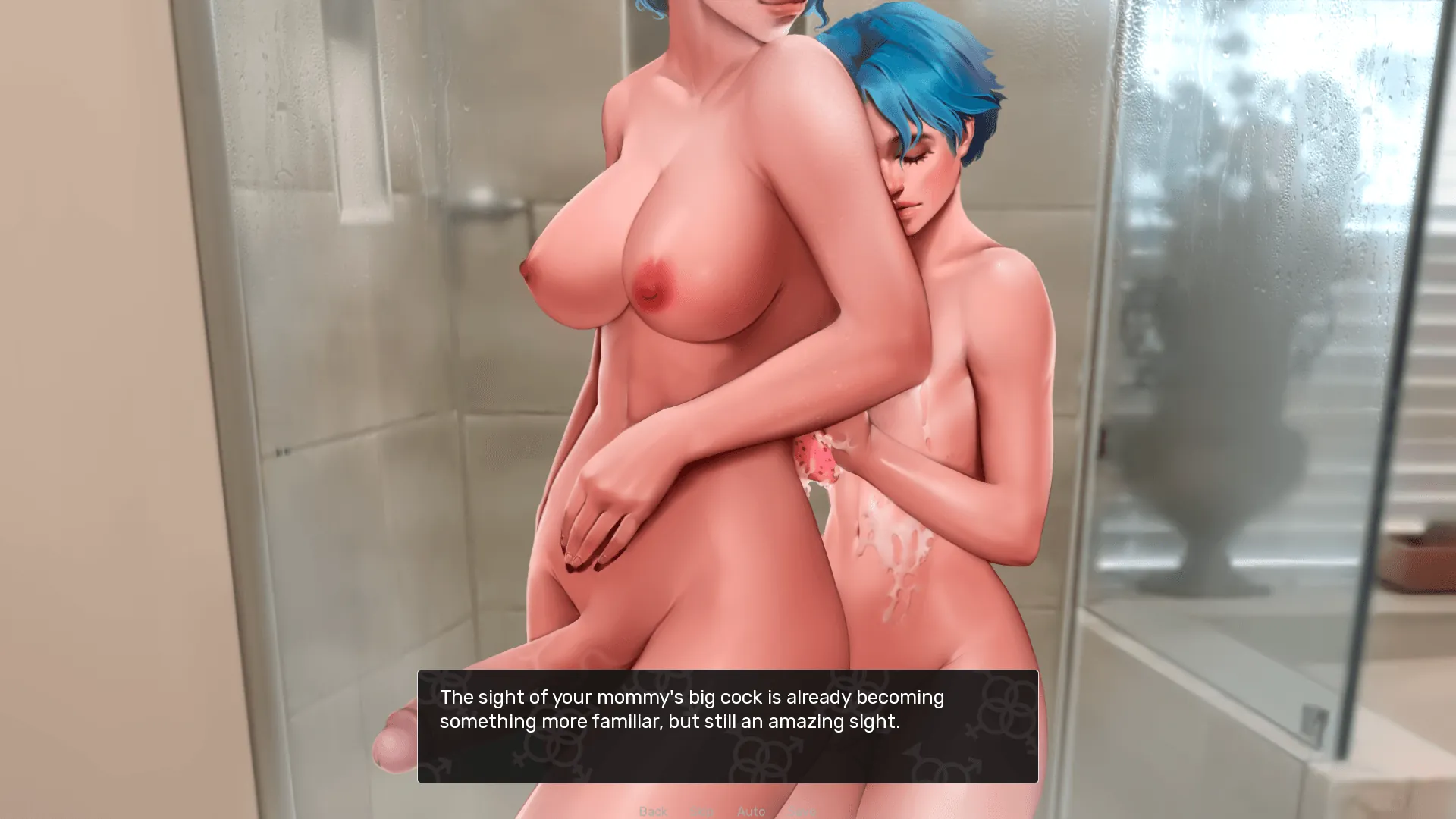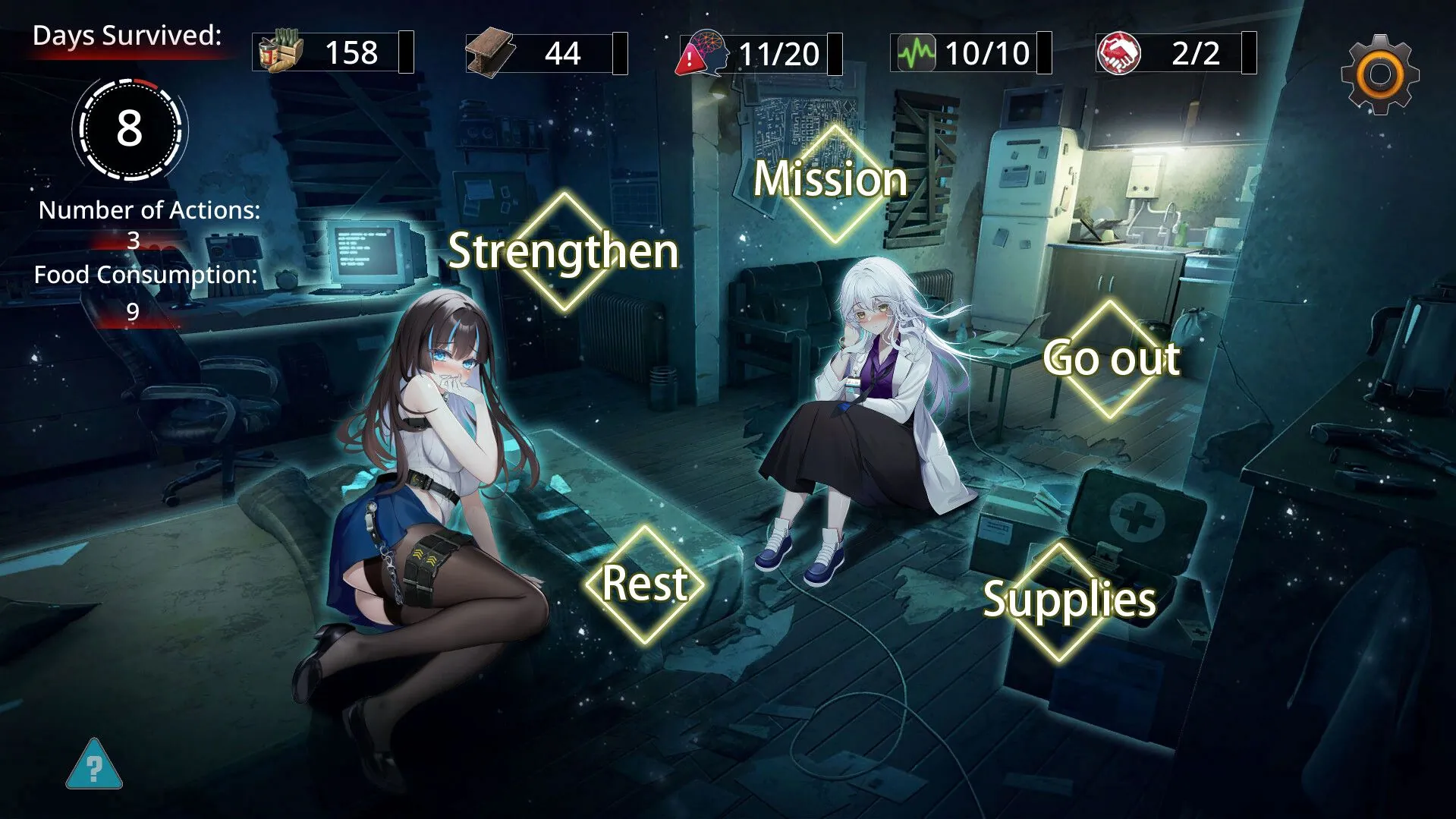
Red Lucy
Play Red Lucy
Red Lucy review
How this narrative-driven experience redefines character relationships
Red Lucy emerges as a standout in adult-oriented gaming through its sophisticated approach to interpersonal dynamics. Unlike traditional visual novels, this Windows-exclusive title crafts a layered story where players navigate complex relationships through meaningful choices. With multiple endings and emotionally charged scenarios, the game challenges players to consider the consequences of their decisions while exploring mature human connections.
Narrative Architecture and Character Depth
Branching Storylines That Matter
Let’s cut to the chase: most games treat choices like confetti—pretty to look at, but ultimately meaningless. 🎉 You’ve probably groaned at dialogue options that boil down to “Be Nice” or “Be Nicer,” only to realize your “decisions” don’t actually do anything. Red Lucy flips that script. Its branching narratives aren’t just cosmetic—they’re structural, reshaping relationships, plotlines, and even the game’s environment.
Take this gut-punch example: Early on, you’re forced to choose between helping Lucy’s estranged brother flee the city or turning him in to settle her debts. Pick the “heroic” route, and Lucy’s trust in you grows—but her brother’s absence later leaves her vulnerable to exploitation. Betray him, and she’ll resent you for months, locking you out of intimate scenes and key story revelations. 🔒 This isn’t just “good vs. evil” morality—it’s mature character development that forces you to weigh loyalty against survival.
What makes Red Lucy’s visual novel relationship mechanics stand out? Everything compounds. A throwaway joke in Chapter 2 might resurface in Chapter 6 as a dealbreaker. Forgetful players get burned—and honestly, it’s glorious.
| Game | Choice Impact | Consequence Depth | Relationship Flexibility |
|---|---|---|---|
| Red Lucy | Permanent, cascading | Multi-chapter ripple effects | Dynamic trust systems |
| Game X | Mostly cosmetic | Single-scene changes | Fixed affinity points |
| Game Y | Temporary rewards | Minor dialogue shifts | Binary “like/dislike” |
🚀 See the difference? While others play checkers, Red Lucy’s out here winning 4D chess.
The Psychology of Mature Relationships
Let’s get real: Lucy isn’t your pixelated manic pixie dream girl. She’s a mess—self-destructive, fiercely independent, and haunted by a past she won’t discuss. 🔥 Her walls don’t crumble because you picked the “right” flirt option; they crack when you prove you’ll stick around after she’s pushed you away. This is mature character development that rejects fantasy tropes for raw, uncomfortable humanity.
I once botched a playthrough by rushing Lucy’s trust. After prying too hard about her childhood, she ghosted me for three in-game months. No cute make-up quest—just radio silence until I stumbled on her drinking alone at a bar, where she finally snapped: “You don’t get to fix me.” 💔 It was brutal… and refreshing. Most games reward persistence; Red Lucy punishes it if you ignore emotional cues.
The game’s narrative consequence system thrives on ambiguity. Supporting Lucy’s artistic ambitions might strain her marriage. Encouraging her to reconnect with family could trigger a relapse. There’s no “golden path”—just flawed people navigating flawed lives.
Pro tip: Treat conversations like minefields. Listen more than you speak. And for god’s sake, remember the small stuff—she notices if you forget her favorite drink. ☕
Symbolism in Environmental Design
Red Lucy doesn’t just tell stories—it paints them. Every location oozes subtext. Lucy’s apartment? Cluttered with half-finished canvases and empty wine bottles. The flickering neon sign outside her window literally casts her in a red light, mirroring her role as both artist and muse. 🎨 It’s adult visual novel design that uses space to reflect inner turmoil.
One masterstroke: The “gallery” scene changes based on your choices. If you’ve nurtured Lucy’s confidence, her artwork evolves from bleak abstracts to vibrant portraits. But if you’ve enabled her self-destruction, the gallery walls fill with violent red smears. It’s a visual gut-punch—no dialogue needed.
Even the weather isn’t safe from symbolism. A rainy night isn’t just “moody ambiance”; it’s Lucy’s grief manifesting after a tragic loss. Missed the connection? Tough. The game doesn’t hold your hand. 🌧️
Compared to other adult visual novels that rely on, ahem, traditional imagery, Red Lucy trusts players to read between the lines. The result? A story that lingers long after the screen darkens.
So, why care? Because Red Lucy isn’t just a game—it’s a mirror. Its branching narratives force you to confront real-world stakes, while its visual novel relationship mechanics demand emotional literacy. You’ll mess up. You’ll hurt people. But hey—that’s life. And isn’t that the point? 💫
Red Lucy demonstrates how mature themes can be handled with narrative sophistication, offering players more than just sensational content. Through its carefully constructed relationships and meaningful choice systems, the game sets a new standard for emotional engagement in adult-oriented storytelling. For those seeking a thought-provoking experience that respects player intelligence, this visual novel deserves your attention – but be prepared to confront challenging moral dilemmas along the way.











